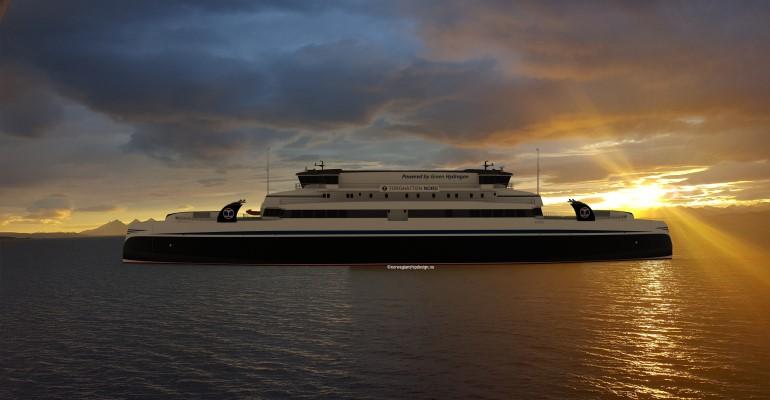The ferries, which will service Norway’s longest ferry route between Lofoten and Bodø across the Vestfjorden, are set to enter service in October 2025 under a Norwegian government initiative to make the four-hour crossing emission-free.
The fuel cells are being provided by PowerCell and and represent the largest non-combustion fuel propulsion project to date in the global marine industry, the company said.
Emissions savings are expected to be in the region of 26,500 tonnes of CO2 per year as the vessels will primarily run on green hydrogen, said PowerCell. The company expects to enter a long-term service agreement with ferry operator Torghatten Nord.
SEAM will work with PowerCell to carry out the electrical installation on the vessels, which will have capacity for 599 passengers and 120 cars.
Richard Berkling, CEO of PowerCell, commented: “Norway led the development in the introduction of liquefied natural gas in the marine industry and now the country is taking an important step to establish green hydrogen as a clean energy source for our hard to abate sector.
“The transition to electrification and emission-free energy is accelerating and is supported by supranational initiatives such as the EU's Green Deal and the large-scale investments to reach the Paris Agreement. In Norway alone, there are roughly 800 ferry lines and ferries are a segment where we can expect great interest in hydrogen-electric solutions. Starting next year, the maritime sector will be included in the EU Emissions Trading System, which will increase the demand for net zero, hydrogen-powered solutions.”
Copyright © 2024. All rights reserved. Seatrade, a trading name of Informa Markets (UK) Limited.
Add Seatrade Maritime News to your Google News feed.  |

